
Filter News
Area of Research
- (-) Energy Science (68)
- (-) Materials for Computing (8)
- Advanced Manufacturing (2)
- Biology and Environment (40)
- Computational Biology (1)
- Computational Engineering (2)
- Computer Science (8)
- Energy Frontier Research Centers (1)
- Energy Sciences (1)
- Fusion and Fission (5)
- Isotopes (4)
- Materials (67)
- National Security (18)
- Neutron Science (24)
- Nuclear Science and Technology (2)
- Quantum information Science (2)
- Sensors and Controls (1)
- Supercomputing (35)
News Type
News Topics
- (-) Artificial Intelligence (5)
- (-) Biology (7)
- (-) Biomedical (5)
- (-) Cybersecurity (3)
- (-) Energy Storage (47)
- (-) Mercury (2)
- (-) Microscopy (9)
- (-) Nanotechnology (10)
- (-) Security (4)
- 3-D Printing/Advanced Manufacturing (54)
- Advanced Reactors (3)
- Big Data (2)
- Bioenergy (16)
- Biotechnology (3)
- Buildings (21)
- Chemical Sciences (14)
- Clean Water (5)
- Composites (14)
- Computer Science (20)
- Coronavirus (8)
- Critical Materials (8)
- Environment (28)
- Exascale Computing (2)
- Fossil Energy (1)
- Frontier (1)
- Fusion (1)
- Grid (24)
- High-Performance Computing (3)
- Hydropower (2)
- Isotopes (2)
- Machine Learning (6)
- Materials (36)
- Materials Science (29)
- Mathematics (1)
- Molten Salt (1)
- National Security (5)
- Neutron Science (10)
- Nuclear Energy (5)
- Partnerships (8)
- Physics (1)
- Polymers (12)
- Quantum Science (3)
- Simulation (2)
- Space Exploration (3)
- Statistics (1)
- Summit (3)
- Transportation (45)
Media Contacts
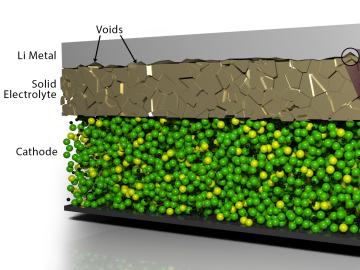
Scientists at the Department of Energy’s Oak Ridge National Laboratory have developed a scalable, low-cost method to improve the joining of materials in solid-state batteries, resolving one of the big challenges in the commercial development of safe, long-lived energy storage systems.

Marm Dixit, a Weinberg Distinguished Staff Fellow in the Emerging and Solid-State Batteries Group at ORNL, has been awarded a Toyota Young Investigator Fellowship for Projects in Green Energy Technology from the Electrochemical Society.
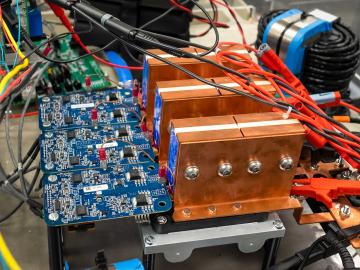
ORNL has licensed its wireless charging technology for electric vehicles to Brooklyn-based HEVO. The system provides the world’s highest power levels in the smallest package and could one day enable electric vehicles to be charged as they are driven at highway speeds.

Researchers at ORNL have developed a robotic disassembly system for spent electric vehicle battery packs to safely and efficiently recycle and reuse critical materials while reducing toxic waste.
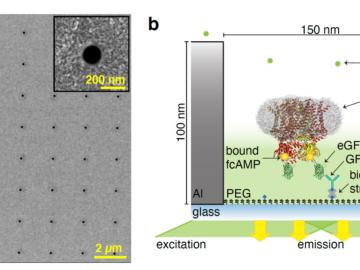
Researchers working with Oak Ridge National Laboratory developed a new method to observe how proteins, at the single-molecule level, bind with other molecules and more accurately pinpoint certain molecular behavior in complex
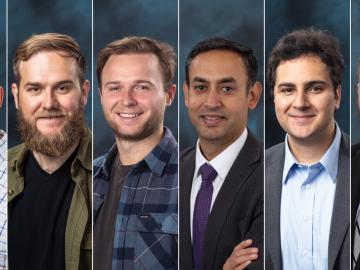
Six science and technology innovators from across the United States will join the fifth cohort of Oak Ridge National Laboratory’s Innovation Crossroads program in June.
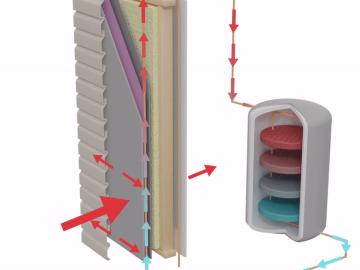
Researchers at Oak Ridge National Laboratory have developed a novel envelope system that diverts heat or coolness away from a building and stores it for future use.

Scientists at Oak Ridge National Laboratory have developed a solvent that results in a more environmentally friendly process to recover valuable materials from used lithium-ion batteries, supports a stable domestic supply chain for new batteries
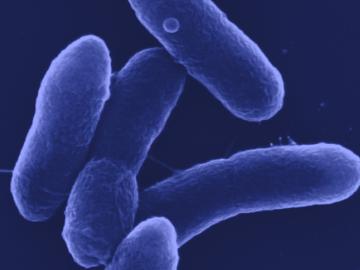
A research team led by Oak Ridge National Laboratory bioengineered a microbe to efficiently turn waste into itaconic acid, an industrial chemical used in plastics and paints.

Scientists at Oak Ridge National Laboratory have devised a method to identify the unique chemical makeup of every lithium-ion battery around the world, information that could accelerate recycling, recover critical materials and resolve a growing waste stream.


